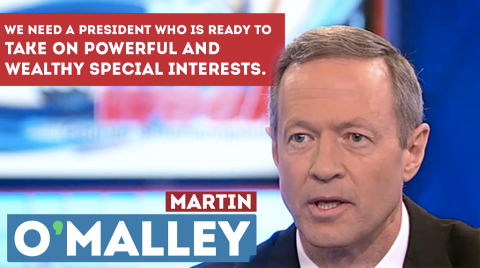I really had to blow a lot of dust off this series – its last installment was in July of 2013 – but I will be on the internet radio tomorrow morning at 11:00 thanks to radio hostess (and new monoblogue contributor) Marita Noon. She asked me to come on this week’s installment of her “America’s Voice for Energy” program to discuss a post I did last year.
It came about because she was doing a piece on where the candidates stood on energy (which will be her debut post here tomorrow morning) and I noted to her via social media that I had done quite a bit of research last summer on that very topic as part of my “Dossier” series. She wanted to discuss that piece and other thoughts I had on the subject, thus early this morning we recorded my segment of her show, which will be the opening segment. Thirteen minutes may seem like a long time to fill on the radio, but we were rolling so well I almost didn’t get to promote my site.
Yet there are some other things which were sadly left on the cutting room floor, so to speak. Something I would have liked to fill her audience in on further but didn’t have the time to this morning was the unique situation we have here in Maryland with regard to energy. I did get to discuss a little bit about the proposed offshore wind that Martin O’Malley was trying to push, but I wanted to mention that there are hundreds of other jobs at stake in Maryland’s energy industry. (I actually did a little looking up last night because I was curious.)
According to the most recent state report available (2013) there are 401 coal mining workers in the state of Maryland, all based out of Allegany and Garrett counties in Maryland’s western panhandle. No, we’re not West Virginia or Kentucky by any stretch of the imagination but the Obama administration’s “war on coal” isn’t going to help their employment situation, particularly since these coal fields lie close to shale deposits ripe for fracking – unfortunately, a short-sighted General Assembly and Hogan administration put that resource development on hold until 2017.
The other fascinating thing I didn’t get to was the fact that cities up and down the coast are being intimidated into opposing seismic exploration of the ocean floor for the purposes of oil and gas exploration – but had no objection when they went out and did the same thing to map the ocean floor for siting wind turbines. Apparently that was a noble enough cause to kill a few fish over. Honestly, I think the opponents are very aware what is really out there and that’s billions of barrels of oil and trillions of cubic feet of natural gas, all within easy reach of our shoreline and extractable at a cost that would blow the renewables out of the water. (Yes, the pun was intended.)
So take a listen, either live as it happens or later on when it becomes available as a podcast. I believe there are three other guests on the show, so I’ll be curious to see what they have to say as well when I catch the podcast (I’ll be at work when it’s on live.)
Let’s just hope that the long radio slump is over. Thanks to Marita for having me on as a guest, albeit a little reluctantly since I have been under the weather the last few days. But I managed to avoid a Hillary-style coughing jag and pushed through.



